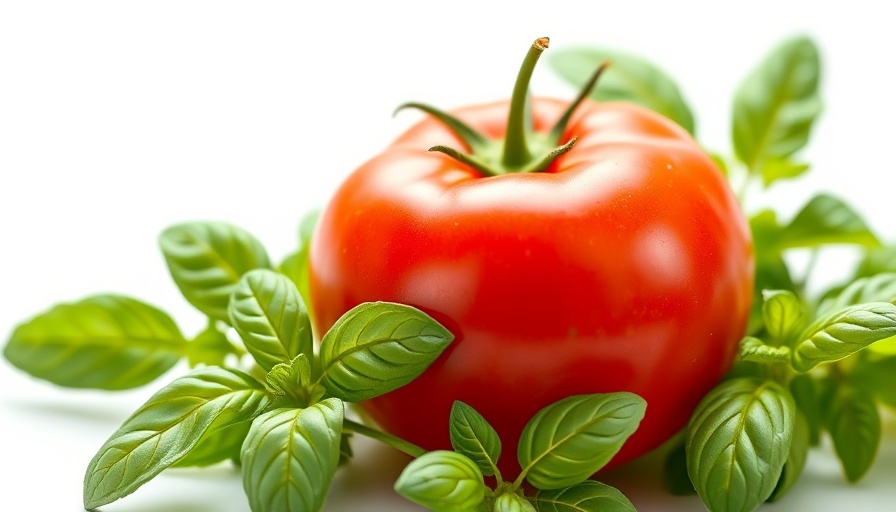
Understanding Companion Planting: What's Science Behind the Lists?
As a new gardener, you may find yourself drawn to the intriguing world of companion planting. The premise is simple: certain plants may thrive together, offering benefits such as pest resistance and enhanced flavors. Yet, as many seasoned gardeners and researchers point out, the advice often handed down through lists lacks solid scientific backing. It's not just a matter of whimsy; effective gardening relies on understanding complex interactions between plants within the unique environments of our backyards.
The Reality of Plant Pairing
Many popular companion planting guides promote pairings like basil and tomatoes or warn against putting onions and beans together. But the truth is, the research supporting these recommendations is limited. A widely revered source, Carrots Love Tomatoes, has fostered numerous misconceptions in the gardening community. For instance, while it states that carrots and tomatoes are compatible, it should be noted that there are no definitive studies to back this, making it merely an anecdotal reference.
Caution Against Overgeneralization
Details like allelopathy, the phenomenon where one plant may release chemicals harming another, are sometimes exaggerated in these lists. While examples exist—like juglone from walnut trees—the reality for most garden setups is that if plants have ample resources (space, soil, light, and moisture), they typically won't impede each other's growth. This suggests that gardening best practices trump common, oversimplified pairings found in numerous guides.
Research Perspectives: What the Experts Say
Most scientific studies surrounding plant compatibility stem from controlled agricultural environments. These findings often struggle to apply to the variables of home gardens, where soil conditions, sunlight, and moisture differ markedly. For instance, a study examining strawberries grown with borage showed interesting fruit results without a corresponding increase in pollinators. This illustrates that plant interactions are multifaceted and not universally applicable—conditions vary widely even within one's garden.
Solid Practices Over Companion Myths
While companion planting is an appealing concept, prioritizing fundamental gardening practices—like ensuring proper watering, soil health, and sunlight exposure—tends to yield more significant results. Rather than fixating on which plants to pair or avoid, use your growing conditions as a guide. This approach may ultimately serve you better in cultivating a thriving garden.
For homeowners venturing into gardening or looking to refine their practices, being aware of the complexities around companion planting can foster a more informed approach. Stop relying solely on those appealing lists, and sharpen your gardening skills by learning what truly inspires plant growth. Curious to enhance your gardening journey even more? Explore our growing resources on sustainable gardening.
 Add Row
Add Row  Add Element
Add Element 



Write A Comment